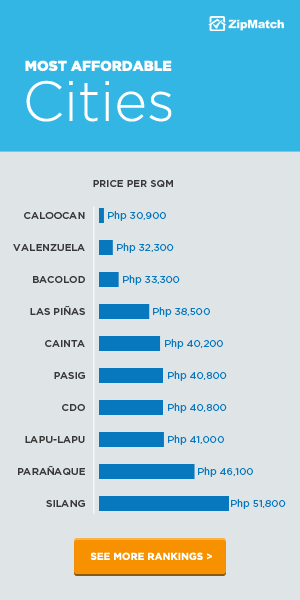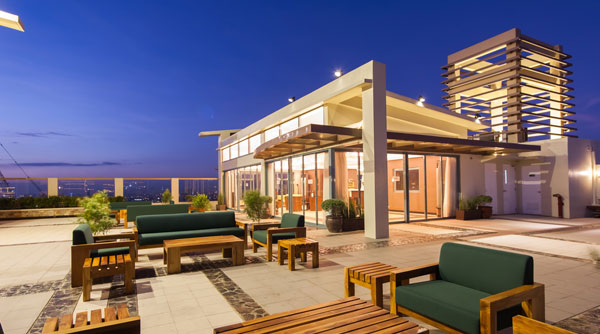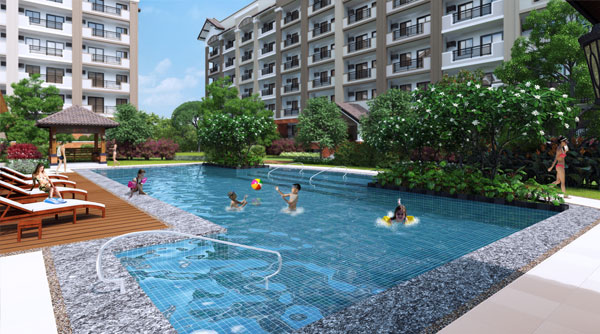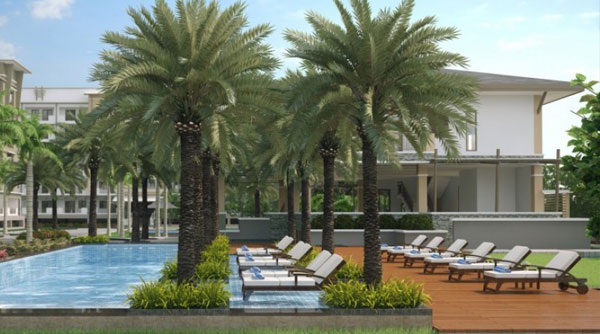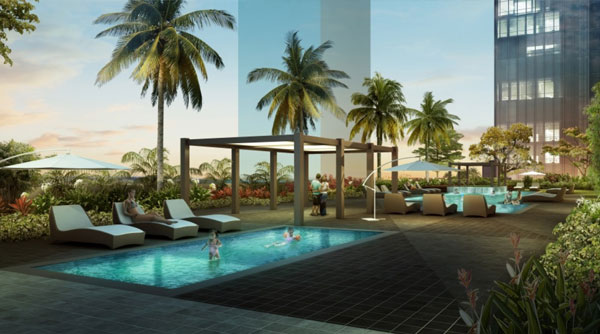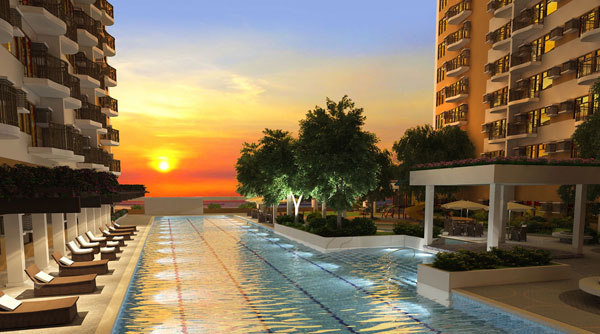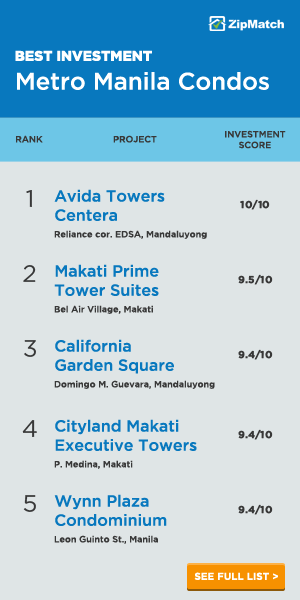It was 6 years ago when Steven Zwaan, managing partner of Liger Capital Management, co-founded Philippines Urban Living Solutions (PULS) with this goal in mind: to provide quality and affordable rental housing for young professionals working near the central business districts in Metro Manila.
Speaking with ZipMatch, Zwaan said they saw the need to develop these rental housing communities so that young professionals would no longer need to live far from their work or do live close but stay in substandard housing.
Read on to learn more about PULS as well as Zwaan’s thoughts on real estate developments in the Philippines.
ZipMatch: What does your business specialize in?
Steven Zwaan: Liger Capital Management is a real estate asset management company focused on emerging property trends in the Philippines. In 2011, we established PULS, which is the developer, owner and operator of young professional housing communities under the “MyTown” brand, at walking distance from the central business districts in Metro Manila.
Why is PULS focused on young professional rental housing?
SZ: Metro Manila has a large affordable rental housing gap and young professionals as a demographic group are underserviced. Many are relegated to living a long commute away from their employers, having to choose between traveling in unreliable public transportation or living in substandard housing closer to their places of work. In 2011, we were the first to provide dedicated rental housing for young professionals as quality for-rent housing close to Manila’s business districts didn’t exist. It is PULS’ objective to improve the living conditions of young professionals and let them save on transportation time and cost.
Will Liger Capital Management get involved in other real estate investments in the Philippines?
SZ: Absolutely! The overall dynamics in the Philippines are very solid and there is still so much that can be done. We are working on a number of new real estate investments, none of them related to PULS, and are excited about the prospects.

What’s different about the Philippines Real Estate industry today versus 5 years ago?
SZ: Change has been rapid and abundant. For example – when we started in 2011, there was no market data available for the areas outside the prime parts of Metro Manila. There were no online listings and none of the large real estate brokerages were active in those areas.
So when we wanted to buy our first properties just outside Bonifacio Global City, we ended up going jogging in the area and searching for ‘for-sale’ signs. After each run, we would come back with a couple of phone numbers and have one of our colleagues follow up. This turned out to be effective, and after we had bought a couple of properties, we started to get known in the area and when we came jogging by, people would run after us to offer us their properties. There were simply no other people buying!
Today, things are totally different. Properties are much better advertised and there are many more real estate buyers, from end-users to investors, even in the non-prime areas.
What will it be like in another 5 years? 10 years?
SZ: The market will be more transparent and the entry of new investor groups will increase competition. I expect to see the establishment of Real Estate Investment Trust (REITs) and a local real estate fund management industry, as well as Filipino pension funds and insurance companies getting into direct property investment.
Gentrification of the barangays surrounding the Metro Manila business districts will be a big theme, as the current price difference between those areas doesn’t make sense. In addition, new infrastructure projects will create interesting real estate opportunities.
How has technology changed the way professionals sell or lease properties today?
SZ: While the full impact of the digital revolution on the real estate industry has yet to be seen, there is a strong movement towards empowering the consumer. It’s so much easier now to compare prices and specs of what’s out there. Smart real estate agents embrace these technological advances and use them to survive; the others will face the risk of ending up like the travel agents…
And what about homebuyers and renters? What’s different for them?
SZ: With people being able to access the data that they need to make more informed decisions, the need for the less informed middleman is becoming less apparent.
Metro Manila traffic has gotten far worse in the last few years. How is this influencing rental behavior?
SZ: Traffic congestion is huge and a big drag on productivity. With car sales growing ~30% in 2016, there is an enormous amount of new cars hitting the road. Add ongoing urbanization (people moving from the provinces to Metro Manila) and traffic will keep getting worse. And any efforts to improve Manila’s infrastructure will make traffic worse before it gets better.
A result of this is that more and more people are looking for ‘half-way’ rental housing – a place to sleep close to work during the weekdays. Weekends can then be spent with the family outside of the metro.
We’ve been in a “boom” real estate market for a long time, will this last? Is it cooling off?
SZ: Real estate is a cyclical industry and we will no doubt see some leaner years. On the other hand however, macroeconomic dynamics remain solid and the long-term trend is up. We have a fast growing economy and a rapidly upcoming middle class. And as Manila still ranks among the cheapest real estate in Asia, foreign investors are closely following the market.
Where do you think land values are most likely to grow in the next few years?
SZ: Hard to predict and I leave this one for the professionals. However, warehouses and modern distribution facilities are in hot demand as the existing logistics infrastructure in the Philippines is primitive. There is a need for rapid delivery from the booming e-commerce sector and buildout of the cold-food chain. Land values close to highways and upcoming infrastructure developments are likely to rise on the back of it.
Is there any sign of slowing BPO / KPO growth?
SZ: Although the BPO fundamentals remain compelling, we may see lower growth rates going forward on the back of US trade protectionism and the new administration’s geopolitical shift away from the US. However, the Philippines have the youngest and most literate population in Asia and companies will always be looking to lower their cost base. As such, BPO is here to stay.
What changes do you expect in the industry from the new administration?
SZ: REIT law reforms; improved Internet connectivity and employment conditions (labor contractualization) would have a positive impact. In addition, foreign ownership reforms such as opening up the construction sector to foreign contractors, as seems to be considered, may help improve turnaround time and completion rates of construction projects. But most significant would be the infrastructure push. It would improve productivity and benefit the prospects of doing business here. If getting around Manila would be easier, it’ll be an incentive to investors, developers and businesses to relocate or expand into the Philippines.
If you were to make a personal real estate investment in the Philippines, where would you choose?
SZ: Manila has become a more interesting place over the last few years, and funky bars, galleries and good restaurants have popped up. This is great; however, where are the boutique hotels? Existing hotels are mainly catered to the masses and compared to other cities in Asia, it is appalling how little variety in hotels we have. Similarly, where are the day-clubs and weekend destinations 1-2 hours away from Makati? There is plenty of beauty around us: stunning nature in San Mateo, great views in Antipolo, an active volcano in Tagaytay, but not many places worth enjoying it.
A share in a boutique hotel or a weekend destination, where it is fun to go and with high quality standards is where I would put my money! We need more places like Pinto Art Museum, Antonio’s and the Farm at San Benito.
If you could have one ‘urban planning’ wish come through, what would it be?
SZ: Good question for which I have a simple answer: green space. I would love to see more green in the metro. So many Filipinos love to run, work out or go for a picnic and there is almost nowhere to go. The Pandacan Oil Depot and the areas south of BGC, where the army resides, would make perfect green zones.




